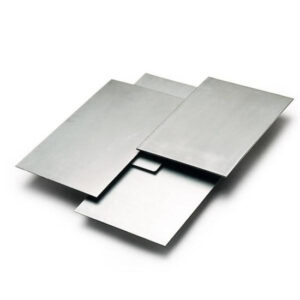The 400 series group of stainless steels has an 11 percent chromium and 1-percent manganese increase, above the 300 series group. The 400 series is susceptible to rust and corrosion under some conditions. Heat-treating will harden the 400 series. The 400 series of stainless steels have higher carbon content, giving it a martensitic crystalline structure. This provides high strength and high wear resistance. The 400 series steels tend to be used in agricultural equipment, gas turbine exhaust silencers, hardware, motor shafts, and more.
The 400 series includes both ferritic and martensitic steels.
Ferritic stainless steels: non-hardening steels, ideal for conditions in elevated temperatures. Typical applications for ferritic stainless steels include petrochemical, automotive exhaust systems, heat exchanges, furnaces, appliances and food equipment to name a few. Advantage of ferritic stainless steels:
*superior corrosion resistance
*resistance to scaling at elevated temperatures
*inherent strength greater than carbon steels
*provide an advantage in many applications where thinner materials and reduced weight are necessary
*nonhardenable by heat treating
*always magnetic
Martensitic stainless steels: able to be hardened, ideal for a wide variety of common uses. Martensitic stainless steels are used extensively in cutlery, sport knives and multi-purpose tools. Advantage of martensitic stainless steels:
*higher levels of carbon than ferritics
*ability to be heat treated to a wide range of hardness and strength levels
*excellent corrosion resistance
*easily machined
*good ductility

